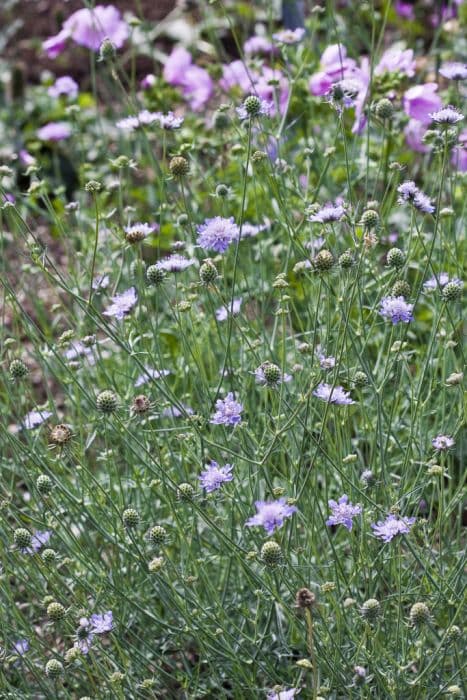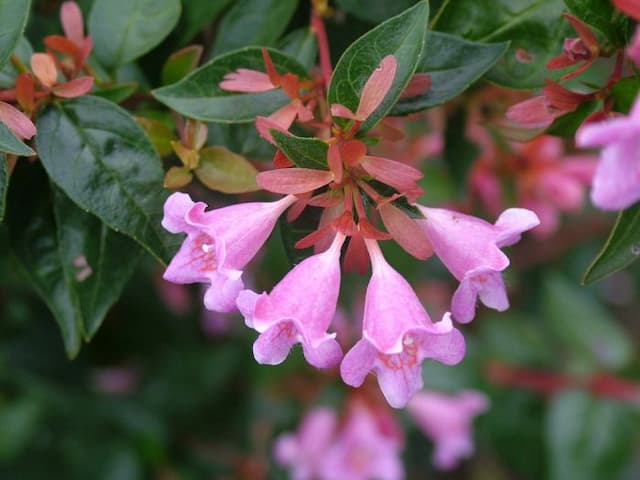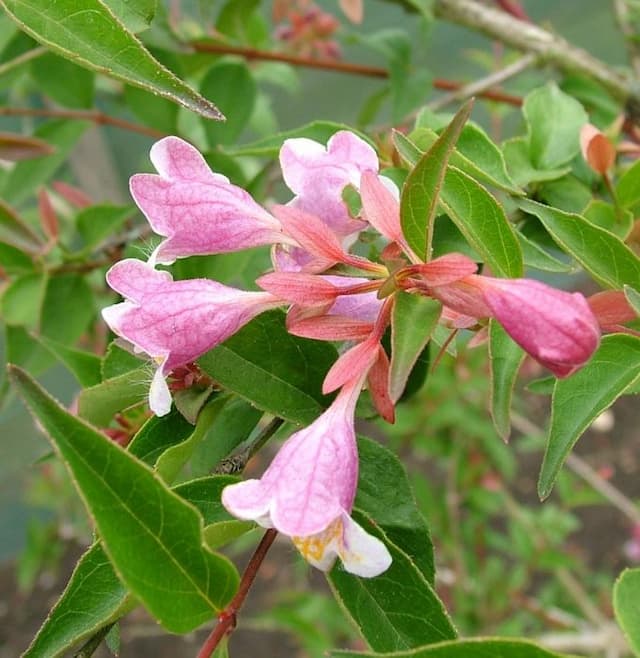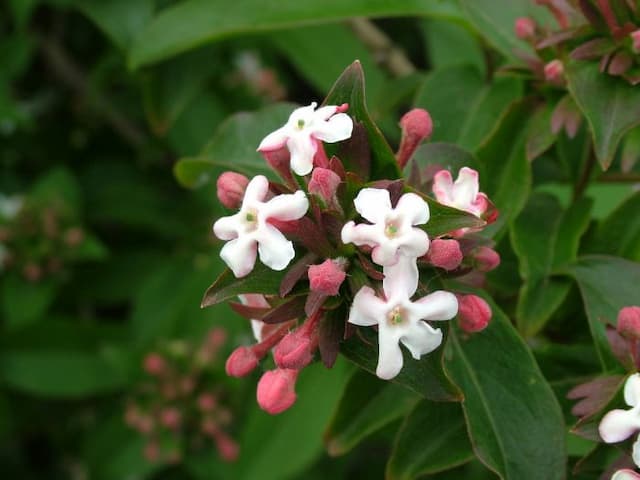Pincushion Flower Scabiosa columbaria

ABOUT
Scabiosa columbaria, commonly known as the small scabious, is a perennial plant with a distinctly delicate and airy appearance. Its foliage consists of a basal rosette of leaves that are deeply lobed, appearing almost fern-like with a somewhat grayish-green hue. These leaves often have a fine, hairy texture which can give them a soft appearance. The most striking feature of the small scabious is its flowers. They bloom atop slender, wiry stems that rise above the foliage and give the plant a relaxed, meadow-like demeanor. The flowers are typically a soft lavender to blue hue, though they can range in color, and are composed of numerous small florets. These florets are tightly packed into a rounded, pincushion-like shape, with stamens that protrude slightly, giving them a slightly spiky appearance. The blossoms of the small scabious are attractive to a variety of pollinators, including butterflies and bees, who are drawn to the nectar-rich florets. After the flowering period, the plant produces small seed heads that are somewhat globular and can add additional interest to the dried winter landscape. Overall, the small scabious presents a whimsical and romantic aesthetic, commonly used to soften garden borders and create a cottage garden feel.
About this plant
 Names
NamesSynonyms
Pincushion Flower, Dove Pincushion, European Scabious, Small Scabious.
Common names
Scabiosa caucasica, Scabiosa eriophora, Scabiosa japonica, Scabiosa lucida, Scabiosa ochroleuca, Scabiosa pectinata, Scabiosa pyrenaica, Scabiosa webbiana, Scabiosa ucranica.
 Toxicity
ToxicityTo humans
Pincushion flower (Scabiosa columbaria) is generally considered non-toxic to humans. There are no widely recognized symptoms of poisoning from the ingestion of this plant, as it is not commonly associated with toxicity in humans. However, as with any plant, individual allergic reactions or sensitivities may occur, but this is not common.
To pets
Pincushion flower is also not known to be toxic to pets. It is not listed among plants that pose a known risk to dogs, cats, or other domestic animals. However, ingestion of plant material can sometimes cause gastrointestinal upset in pets, such as vomiting or diarrhea, simply due to the ingestion of non-food items. It is always wise to monitor pets and prevent them from eating plants, as individual animals may have unique sensitivities.
 Characteristics
CharacteristicsLife cycle
Perennials
Foliage type
Deciduous
Color of leaves
Green
Flower color
Varies
Height
1-1.5 feet (30-45 cm)
Spread
1-1.5 feet (30-45 cm)
Plant type
Herb
Hardiness zones
3-7
Native area
Europe
Benefits
 General Benefits
General Benefits- Attracts pollinators: Scabiosa columbaria, commonly known as pincushion flower, draws bees, butterflies, and other beneficial insects to the garden, aiding in pollination.
- Drought resistant: Once established, it can tolerate periods of dryness, making it suitable for xeriscaping or low-water gardens.
- Ornamental value: With its attractive blooms and foliage, it adds visual interest to borders, flower beds, and as a cut flower in bouquets.
- Ease of care: Pincushion flower is known for being low-maintenance, requiring minimal attention once planted in suitable conditions.
- Long blooming season: It produces flowers from early summer to fall, offering a long season of color and interest.
- Wildlife habitat: It provides shelter and nesting resources for small wildlife, enhancing biodiversity.
- Soil improvement: It can help prevent soil erosion and improve the structure of the soil with its root system.
 Medical Properties
Medical Properties- Anti-inflammatory: Scabiosa columbaria has been used traditionally to reduce inflammation, particularly in skin conditions.
- Astringent: The plant possesses astringent properties that help in tightening the skin and mucous membranes, which can be beneficial in wound healing.
- Diuretic: It is claimed to promote the production of urine, aiding in the removal of excess fluids from the body.
- Cough relief: Scabiosa columbaria has been used in traditional medicine to soothe coughs and throat irritation.
- Skin healing: The plant has been applied externally to promote the healing of wounds and skin irritations.
 Air-purifying Qualities
Air-purifying QualitiesThis plant is not specifically known for air purifying qualities.
 Other Uses
Other Uses- Scabiosa columbaria, commonly known as pincushion flower, can be used as a natural dye. The blossoms, particularly when dried, can impart subtle colors to fabrics and yarns.
- The pincushion flower is suitable for dried flower arrangements. The seed heads retain their shape and provide an interesting texture even after drying.
- In some traditions, the pincushion flower has been used as a token of love or affection. Its unique blossom shape makes it a charming addition to romantic bouquets or gifts.
- Pincushion flowers are popular among butterfly gardeners as they attract a wide variety of pollinators including bees, butterflies, and hummingbirds.
- The plant has been incorporated into natural pest control strategies; it can attract hoverflies whose larvae consume aphids.
- This plant is utilized in landscape design for xeriscaping, as it is drought-tolerant and thrives in well-drained soils with minimal water once established.
- Pincushion flowers are used in companion planting to improve the growth and health of nearby plants by attracting beneficial insects.
- The soft and intricate texture of Scabiosa columbaria can be used in sensory gardens designed to stimulate touch and sight.
- In crafting, the flowers and stems can be used to create bookmarks or pressed flower art, preserving their distinct shape and beauty.
- Pincushion flower has been used in educational settings as a model to teach botany and plant biology due to its interesting morphology.
Interesting Facts
 Feng Shui
Feng ShuiThe Pincushion Flower is not used in Feng Shui practice.
 Zodiac Sign Compitability
Zodiac Sign CompitabilityThe Pincushion Flower is not used in astrology practice.
 Plant Symbolism
Plant Symbolism- Admiration: Scabiosa columbaria, commonly known as Pincushion Flower, often symbolizes admiration due to its unique, intricate blossoms that catch the eye and demand a closer look.
- Love: The delicate and beautiful flowers of the Pincushion Flower have been associated with love, perhaps in part due to their soft, cushion-like centers surrounded by an array of colorful petals.
- Purity: The Pincushion Flower can also signify purity, with its simple yet elegant appearance being emblematic of cleanliness and innocence.
- Widowhood: In certain cultural contexts, Scabiosa columbaria has been associated with widowhood, its sometimes muted tones and understated beauty resembling the quiet dignity of loss.
 Water
WaterPincushion flower prefers regular watering, especially during dry spells. It's important to keep the soil evenly moist but not waterlogged. Water the plant thoroughly once a week, applying about 1 inch of water each time, which is roughly equivalent to 0.623 gallons per square foot. Increase the frequency to twice a week during periods of extreme heat or drought. Always check the top inch of soil for dryness before watering to avoid over-saturation.
 Light
LightPincushion flowers thrive best in full sunlight but can tolerate partial shade. They should be placed in a spot where they will receive at least 6 to 8 hours of direct sunlight daily. Avoid deep shade, as this can lead to poor flowering and weak growth.
 Temperature
TemperaturePincushion flowers are hardy in a range of temperatures but grow best when the weather is between 60 and 75 degrees Fahrenheit. They can withstand minimum temperatures down to about 20 degrees Fahrenheit and maximum temperatures up to about 85 degrees Fahrenheit without significant stress.
 Pruning
PruningPincushion flowers should be pruned to remove spent blooms and encourage more flowering. Deadheading throughout the growing season can help maintain a tidy appearance and promote continuous blooms. Prune back the entire plant in late fall or early winter after flowering has finished to help rejuvenate the plant for the next year.
 Cleaning
CleaningAs needed
 Soil
SoilPincushion Flower prefers well-drained soil with a mix of sand, loam, and compost. A slightly alkaline pH between 6.8 and 7.2 is ideal for this plant.
 Repotting
RepottingPincushion Flowers do not need frequent repotting and can be done every 2-3 years to refresh the soil.
 Humidity & Misting
Humidity & MistingPincushion Flower thrives in average to low humidity conditions, avoiding excessively moist environments.
 Suitable locations
Suitable locationsIndoor
Ensure bright light, good air circulation.
Outdoor
Full sun to part shade, sheltered from strong wind.
Hardiness zone
4-9 USDA
 Life cycle
Life cycleScabiosa columbaria, commonly known as the small scabious, begins its life cycle when seeds are sown into well-drained soil, preferably in early spring or autumn. The seeds germinate, producing small rosettes of basal leaves as the plants enter the vegetative stage. As the plants mature, they develop a strong root system and elongate to produce flowering stems. During the flowering stage, small scabious produces numerous lavender to blue, or occasionally white, flowers that are rich in nectar and attract various pollinators. After pollination occurs, the flowers develop into seed heads, which disperse seeds, ensuring the continuation of the species. In appropriate climates, small scabious may act as a short-lived perennial, with the cycle repeating for a few years before the plants expire and new seeds continue the life cycle.
 Propogation
PropogationPropogation time
Spring to early summer
The most popular method of propagation for Scabiosa columbaria, commonly known as the pincushion flower, is through seed sowing. The best time to start seeds indoors is about 6 to 8 weeks before the last expected frost. Sow the seeds in a seed starting mix, barely covering them, as they need light to germinate. Place the seed tray in a warm location, ideally around 70°F (about 21°C), and keep the soil moist. Germination usually occurs in two to three weeks. Once seedlings are large enough to handle and after the danger of frost has passed, transplant them into the garden, spacing them about 12 inches (30 centimeters) apart to allow ample room for growth.








![Himalayan honeysuckle [Golden Lanterns]](/_next/image?url=https%3A%2F%2Fplants-admin.emdemapps.com%2Fimages%2Fplants%2F%2Fimages%2F604b55302cc87.png&w=640&q=75)
